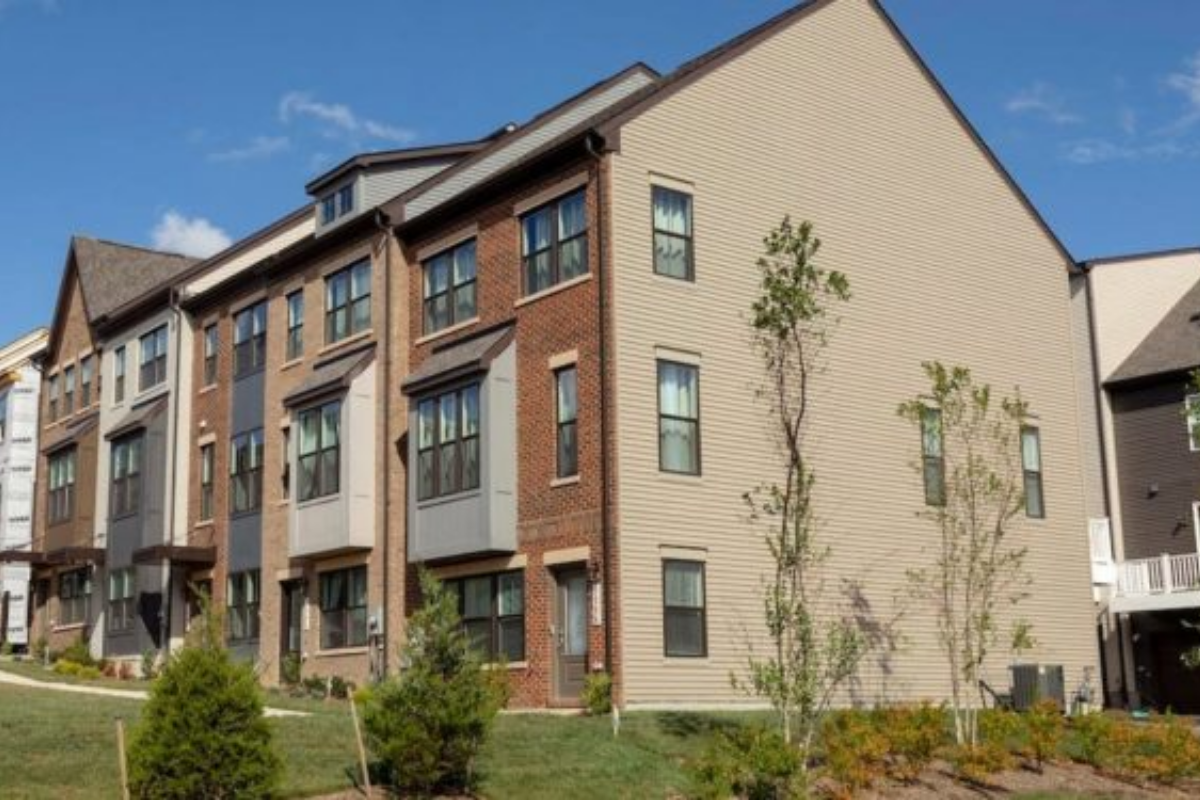Industry leaders have warned that new tariffs on Canadian and Mexican imports could drive up housing costs in the United States. Economists and construction firms argue that tariffs on lumber, steel, and aluminum will make homebuilding more expensive.
“These tariffs will hurt American homebuyers,” said Jerry Howard, CEO of the National Association of Home Builders. He warned that rising material costs could push home prices even higher.
The US housing market is already struggling with high prices and low supply. Home construction costs have surged due to inflation, labor shortages, and supply chain disruptions.
Canada supplies about 80% of the softwood lumber used in US home construction. Tariffs on Canadian lumber could raise costs for builders and slow new housing projects.
Mexico is a major exporter of steel and aluminum to the US. Increased tariffs on these materials could make construction even more expensive.
The Trump administration has defended tariffs as a way to protect American industries. Officials argue that reducing reliance on foreign imports will strengthen domestic manufacturing.
Builders disagree, saying tariffs will raise costs without increasing US production. Domestic lumber and steel suppliers cannot meet the country’s demand for building materials.
Higher construction costs could make homeownership even less affordable. Mortgage rates are already high, making it harder for many Americans to buy homes.
The housing crisis has worsened over the past few years. A lack of affordable homes has forced many people to remain renters instead of buying.
Supply shortages have driven up rents and home prices. Many first-time buyers cannot afford to enter the market.
The US previously imposed tariffs on Canadian lumber under Trump’s first term. Those tariffs led to price spikes and supply shortages in the construction industry.
Canada has criticized the renewed tariff threat. Canadian officials argue that restrictions on lumber exports will harm both countries.
Mexico has also expressed concern. Trade officials warn that higher steel and aluminum costs could slow cross-border commerce.
Builders are urging the government to reconsider tariff policies. The National Association of Home Builders has called for lower trade barriers to stabilize construction costs.
Economic analysts predict that tariffs could add thousands of dollars to the cost of a new home. Higher costs could worsen inflation and reduce housing supply.
The Biden administration has kept some Trump-era tariffs in place. The White House is under pressure to lower trade barriers to ease housing costs.
Lawmakers from both parties are debating the impact of tariffs. Some support them to protect US jobs, while others worry about rising prices for consumers.
The US housing market affects millions of Americans. High costs and low supply have made it difficult for families to find affordable housing.
Tariffs on construction materials will add to the problem. Builders need stable prices to complete housing projects on time and within budget.
Trade negotiations with Canada and Mexico remain uncertain. Any changes to tariff policies will depend on political decisions in Washington.
The Federal Reserve has raised interest rates to control inflation. Higher mortgage rates and expensive construction costs could slow home sales further.
Economists warn that additional tariffs could delay economic recovery. Housing is a key driver of US economic growth.
Industry groups are pushing for alternative solutions. Some suggest government incentives for domestic production instead of higher import taxes.
The future of US housing costs depends on trade policy decisions. Tariffs could either protect industries or worsen affordability for homebuyers.
The White House has not announced any immediate changes. For now, homebuilders and buyers must prepare for rising costs.




